- Home
- Articles
- Architectural Portfolio
- Architectral Presentation
- Inspirational Stories
- Architecture News
- Visualization
- BIM Industry
- Facade Design
- Parametric Design
- Career
- Landscape Architecture
- Construction
- Artificial Intelligence
- Sketching
- Design Softwares
- Diagrams
- Writing
- Architectural Tips
- Sustainability
- Courses
- Concept
- Technology
- History & Heritage
- Future of Architecture
- Guides & How-To
- Art & Culture
- Projects
- Interior Design
- Competitions
- Jobs
- Store
- Tools
- More
- Home
- Articles
- Architectural Portfolio
- Architectral Presentation
- Inspirational Stories
- Architecture News
- Visualization
- BIM Industry
- Facade Design
- Parametric Design
- Career
- Landscape Architecture
- Construction
- Artificial Intelligence
- Sketching
- Design Softwares
- Diagrams
- Writing
- Architectural Tips
- Sustainability
- Courses
- Concept
- Technology
- History & Heritage
- Future of Architecture
- Guides & How-To
- Art & Culture
- Projects
- Interior Design
- Competitions
- Jobs
- Store
- Tools
- More
Exploring Future Trends in Interior Design: Sustainability, Technology, and Personalization
Discover the future of interior design in our latest article, where innovation meets sustainability. Explore emerging trends like smart home technology, eco-friendly materials, and biophilic design that seamlessly blend comfort with environmental responsibility. Learn how personalization and user-centric designs are transforming spaces, making them unique reflections of individual identity.

As we step into a new era of interior design, it’s clear that our spaces are evolving to reflect a blend of innovation and sustainability. The future promises a shift toward designs that not only enhance aesthetics but also prioritize well-being and environmental responsibility. We’re witnessing a transformation where technology meets creativity, allowing us to reimagine how we interact with our living environments.
In this article, we’ll explore the emerging trends shaping interior design. From smart homes that adapt to our needs to sustainable materials that reduce our carbon footprint, these trends are set to redefine our understanding of comfort and style. Join us as we delve into the exciting possibilities that lie ahead, and discover how we can create spaces that inspire and nurture us for years to come.

Table of Contents
ToggleOverview Of Future Trends In Interior Design
Future trends in interior design center on sustainability, technology, and personalization. These trends shape our approach to creating functional and aesthetically pleasing spaces.

Sustainability
Sustainability drives many new interior design practices. Designers prioritize eco-friendly materials, such as recycled and locally sourced options. Energy-efficient appliances and fixtures become standard features. Water-saving technologies reduce consumption. Plants and natural elements enhance air quality and well-being.
Smart Technology
Smart technology continues to integrate into interior design. Automated systems control lighting, temperature, and security. Voice-activated assistants streamline daily tasks. Innovative furniture solutions include charging stations and adaptable layouts. Users customize environments easily for comfort and convenience.
Biophilic Design
Biophilic design fosters connections between indoor spaces and nature. Incorporating natural light, plants, and organic materials creates calming environments. Spaces benefit from increased productivity and overall well-being. Design strategies include large windows and indoor gardens.
Minimalism and Maximalism
Minimalism remains popular for its clean, uncluttered aesthetics. Neutral color palettes and simple lines promote tranquility. Conversely, maximalism embraces bold colors and patterns, allowing for personal expression. Combining these styles creates unique environments that reflect individual tastes.
Health and Wellness
Health and wellness influence interior design more than ever. Designers incorporate elements like ergonomic furniture and soundproofing materials. Air quality and natural light become focal points. Creating spaces that support physical and mental well-being enhances quality of life.
These emerging trends indicate how interior design adapts to meet evolving needs and preferences. By embracing sustainability, technology, and personalization, we can create spaces that inspire and nurture us in the future.
Sustainability And Eco-Friendly Practices
Sustainability and eco-friendly practices shape the future of interior design. We see a growing commitment towards environmental responsibility in our design choices, emphasizing both aesthetic value and ecological well-being.

Biophilic Design
Biophilic design emphasizes our connection with nature, enhancing indoor environments with natural elements. We incorporate large windows for natural light, indoor plants for improved air quality, and natural materials like wood and stone. Designers often create spaces that mimic outdoor environments, fostering tranquility and reducing stress. Studies show that biophilic design can boost productivity by up to 15% in office settings, highlighting its beneficial impact on our well-being.
Upcycled Materials
Upcycled materials represent a significant trend in sustainable design, allowing us to repurpose existing items into new, functional pieces. We use reclaimed wood for furniture, recycled metals for fixtures, and repurposed fabrics for upholstery. This practice not only minimizes waste but also adds unique character to our spaces. According to a recent report, upcycling can reduce environmental impact by up to 60% compared to traditional manufacturing processes, making it a crucial element in our eco-friendly practices.
Technology Integration
Technology reshapes how we design and interact with our spaces. As the future unfolds, several key innovations will drive this transformation.

Smart Homes
Smart homes encompass devices that centralize control through smartphones or voice-activated assistants. Automated lighting, climate control, and security systems enhance convenience and energy efficiency. Installation of smart thermostats, for example, can reduce energy usage by up to 10-15%. Smart appliances, such as refrigerators and ovens, offer remote monitoring, ensuring food safety and quality. Integrating these technologies provides seamless living experiences while optimizing energy consumption and leading to sustainable practices.
Virtual Reality In Design
Virtual reality (VR) offers immersive design experiences, allowing clients to visualize spaces before construction. Designers utilize VR to create 3D renderings and walkthroughs, making decision-making more efficient. This technology can reduce design revisions by up to 30%, saving time and reducing costs. Additionally, VR fosters collaboration among clients and designers, ensuring the final outcome aligns with the client’s vision. Through VR, we can explore innovative layouts, color schemes, and furniture placements, enhancing both functionality and aesthetic appeal.
Minimalism And Functional Spaces
Minimalism emphasizes simplicity, functionality, and a clutter-free environment. This approach aligns perfectly with modern lifestyles that demand efficiency and a focus on well-being.

Multi-Functional Furniture
Multi-functional furniture serves multiple purposes, maximizing utility in smaller spaces. Examples include sofa beds, extending dining tables, and storage ottomans. These pieces not only save space but also reduce clutter, fostering a serene atmosphere. According to recent design studies, incorporating multi-functional pieces can increase space efficiency by up to 30%. This trend caters to the rising demand for versatile home environments.
Open Concept Layouts
Open concept layouts promote fluidity and connectivity in interior spaces. This format blends living, dining, and kitchen areas, making rooms feel larger and more inviting. Open layouts encourage social interaction and allow natural light to permeate through the home, enhancing mood and energy levels. Research indicates that homes with open layouts can increase perceived space by 20%, making them highly desirable for contemporary living. This design style also aligns with the minimalist philosophy, embracing fewer walls and more light.
Personalization And Customization
Personalization and customization in interior design are transforming spaces into unique reflections of individual identity and preferences. We see an increasing demand for tailored solutions that resonate with personal stories and experiences.

User-Centric Design
User-centric design stands at the forefront of personalization, focusing on individual needs and preferences. We prioritize functionality while ensuring aesthetic appeal, leading to thoughtful spaces that provide comfort and convenience. Designers collaborate with clients, gathering insights to create environments that enhance well-being and productivity. Areas designed with user input often reflect specific usage patterns, such as home offices that accommodate varied work styles, maximizing efficiency. Additionally, the integration of adaptive furniture caters to ergonomic needs, allowing for seamless transitions between activities.
Cultural Influences
Cultural influences significantly shape preferences in interior design, encouraging a blend of global styles that resonate with personal experiences. We embrace diversity by incorporating elements that reflect various cultural backgrounds—such as color palettes, patterns, and materials—allowing individuals to express their heritage. For instance, ethnic textiles can add warmth, while traditional crafts promote sustainability and support local artisans. This approach connects individuals with their roots, fostering deeper emotional connections to their spaces. Incorporating cultural narratives transforms each environment into a unique storyteller, enhancing the overall design experience.
Conclusion
Future trends in interior design emphasize sustainability, technology, and personalization. We prioritize eco-friendly materials and energy-efficient appliances in our designs, ensuring our spaces are responsible and stylish. The integration of smart technology enhances comfort, allowing efficient control of lighting and temperature.
Biophilic design strengthens the connection between indoor environments and nature, as we incorporate natural light and plants into our spaces. Studies show that this approach boosts productivity in offices by up to 15%. Upcycled materials further reduce our environmental footprint, enabling us to transform existing items into functional pieces with unique character.
Balancing minimalism and maximalism remains crucial, offering tranquility and room for personal expression. We choose ergonomic furniture and prioritize air quality, promoting health and wellness in every design.
Our commitment to technology integration showcases innovations like smart homes and VR. Smart devices allow us to centralize control, enhancing convenience and achieving energy savings of up to 10-15%. VR technology enables immersive design experiences, allowing clients to visualize spaces pre-construction, which can reduce revisions by up to 30%.
Minimalist principles guide us towards simplicity and functionality. Multi-functional furniture, such as sofa beds and storage ottomans, maximizes utility and improves space efficiency by up to 30%. Open-concept layouts create seamless connections within our homes, with research indicating that they can enhance perceived space by 20%.
Personalization transforms interiors into unique reflections of identity. We focus on user-centric design to meet individual needs while capturing cultural influences, creating environments that resonate emotionally. Through thoughtful design, we invite stories and experiences into our spaces, ensuring they remain distinctly ours.
These evolving trends shape interior design, offering exciting possibilities for spaces that inspire and nurture our environment.
- bespoke interior solutions
- customized interior solutions
- digital interior design solutions
- eco-conscious interior design
- eco-friendly home decor
- future interior design ideas
- green interior design
- high-tech interior design
- innovative home design
- interior design personalization
- Interior Design Technology
- modern sustainable interiors
- next-gen interior trends
- personalized interior design
- smart home decor trends
- smart home design trends
- sustainable furniture ideas
- sustainable interior design
- technology in interior design
- trending interior design ideas
Submit your architectural projects
Follow these steps for submission your project. Submission FormLatest Posts
Modern American Homes: Interior Design Trends to Watch in 2026
Interior design in the United States is evolving toward warmer, more adaptable,...
BXB Studio’s Hybrid Interior: Redefining the Modern Architectural Workplace
The Warsaw headquarters of BXB Studio was established in a modest 70...
5 Must-Know Interior Design Trends in American Homes
From warm minimalism to bold oversized artwork, these five interior design trends...
How Open Kitchens Create a Sense of Space Indoors (Without Sacrificing Function)
Open kitchens: see how sightlines, lighting, and smart layouts make rooms feel...


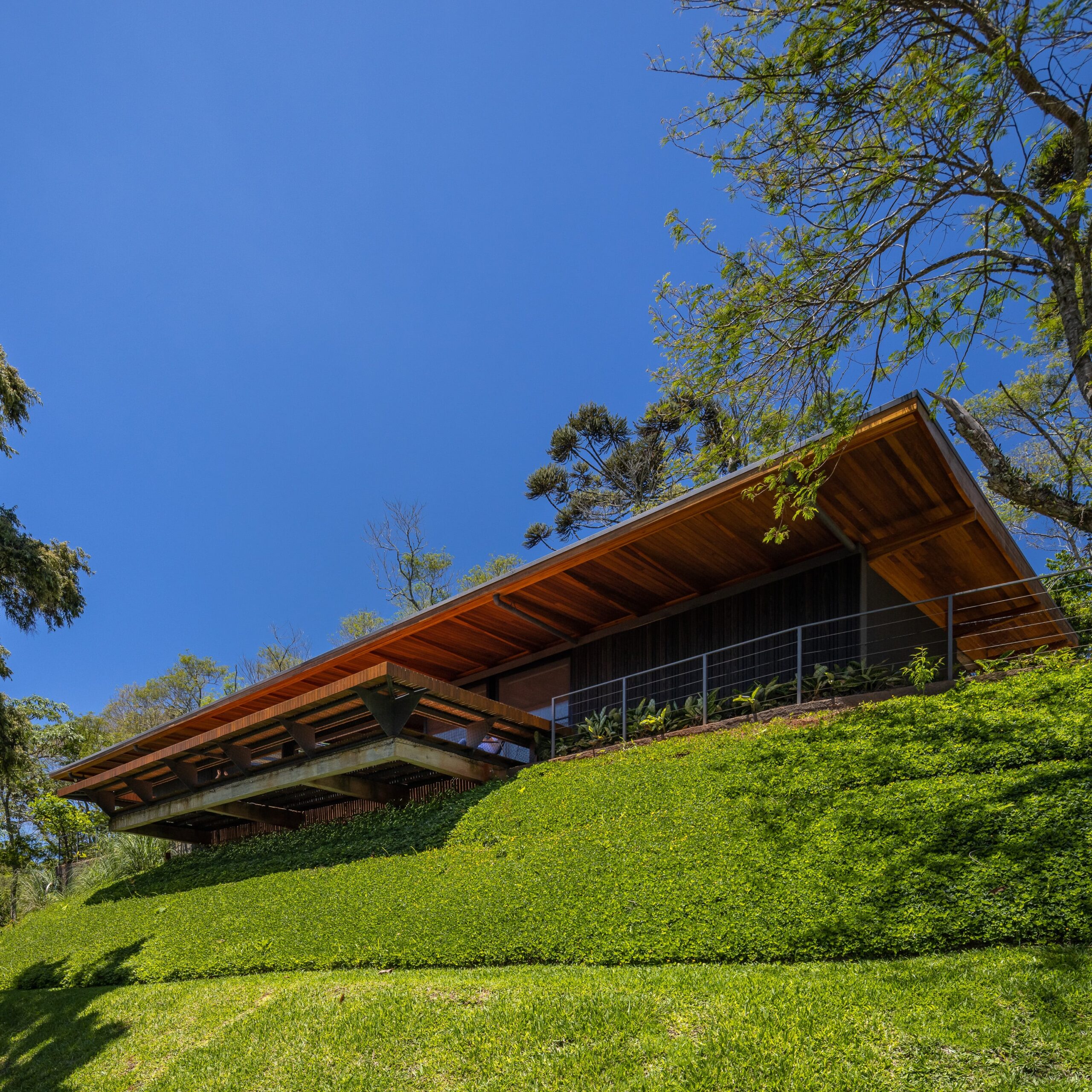


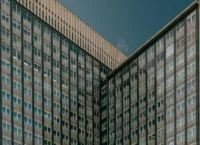



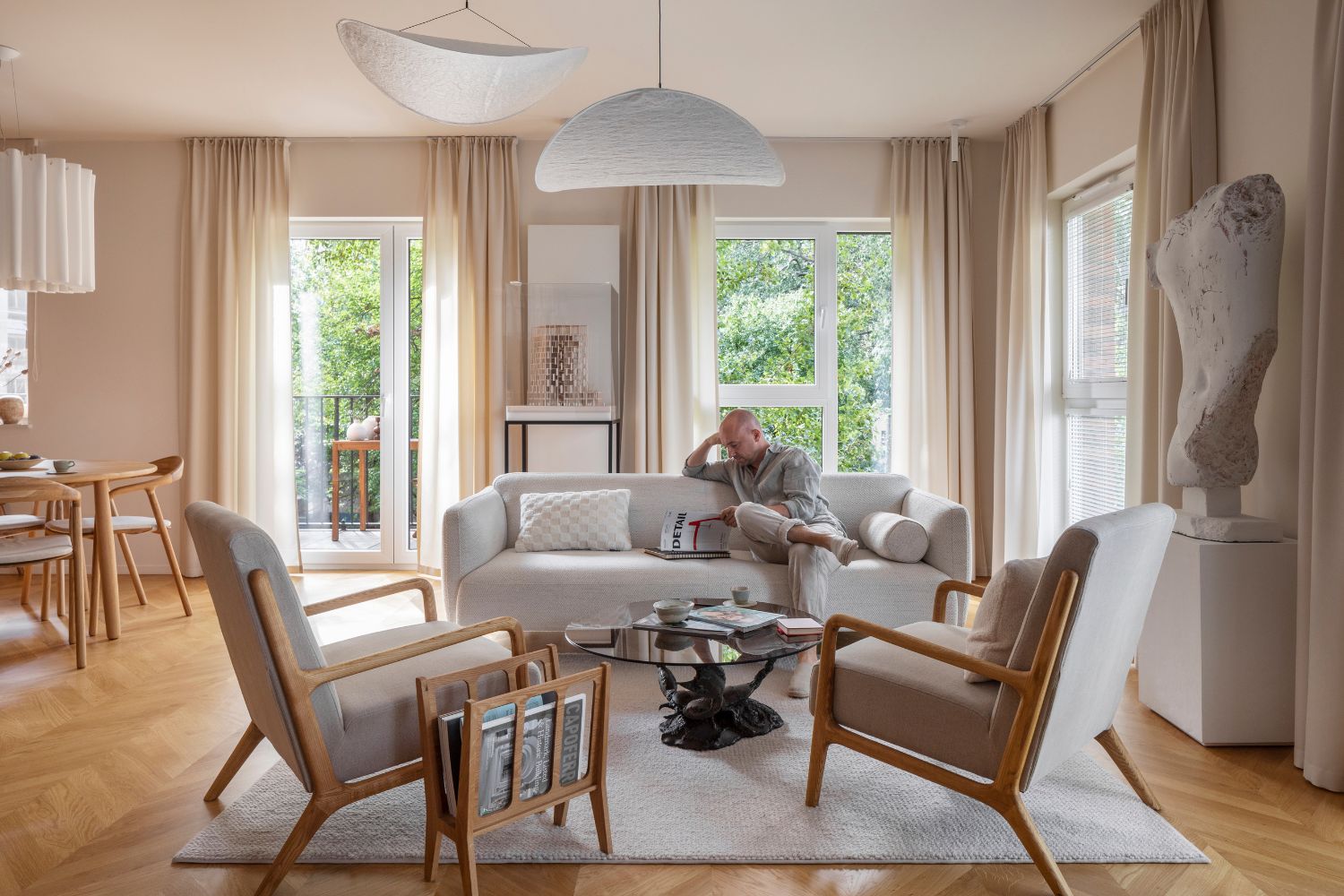
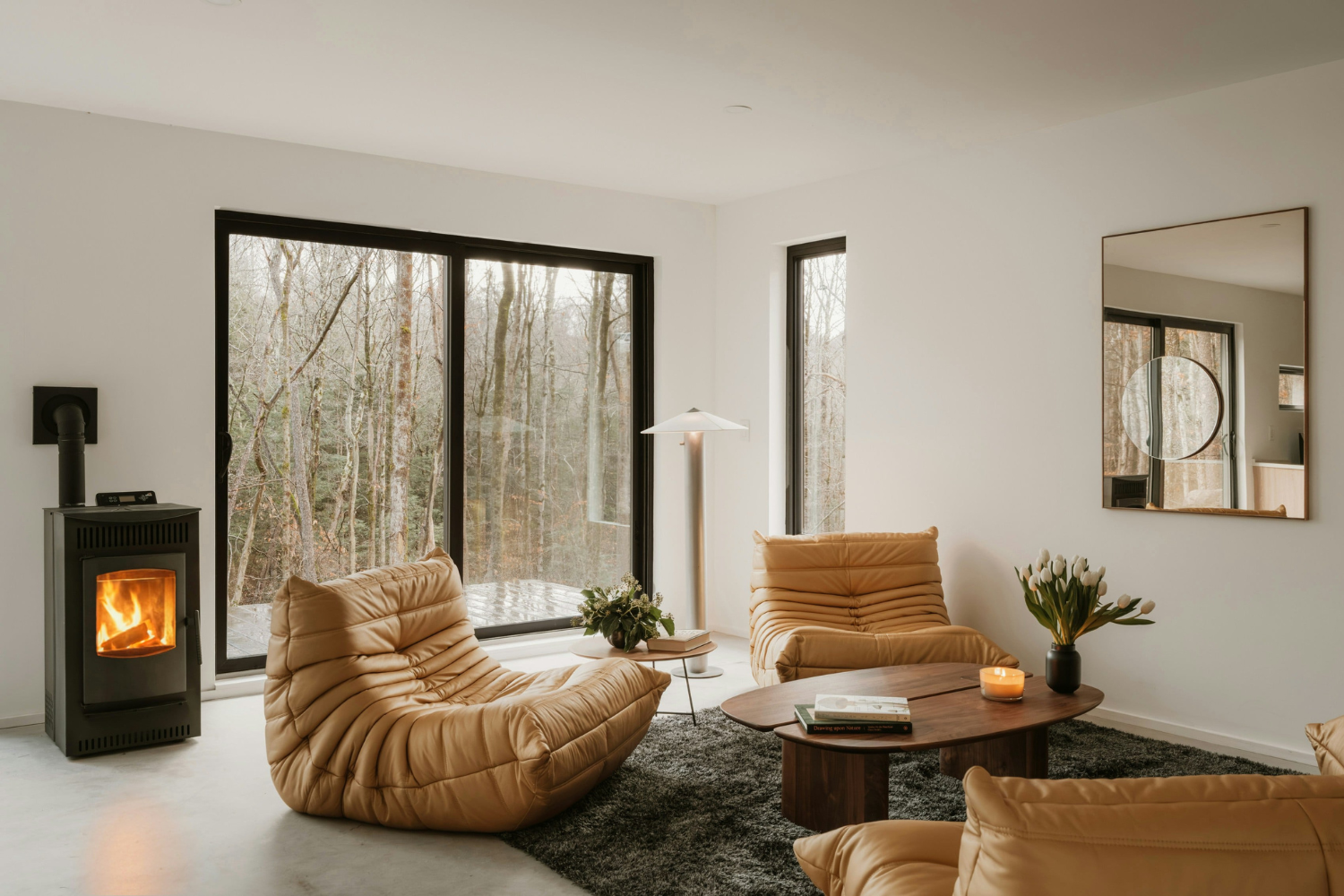
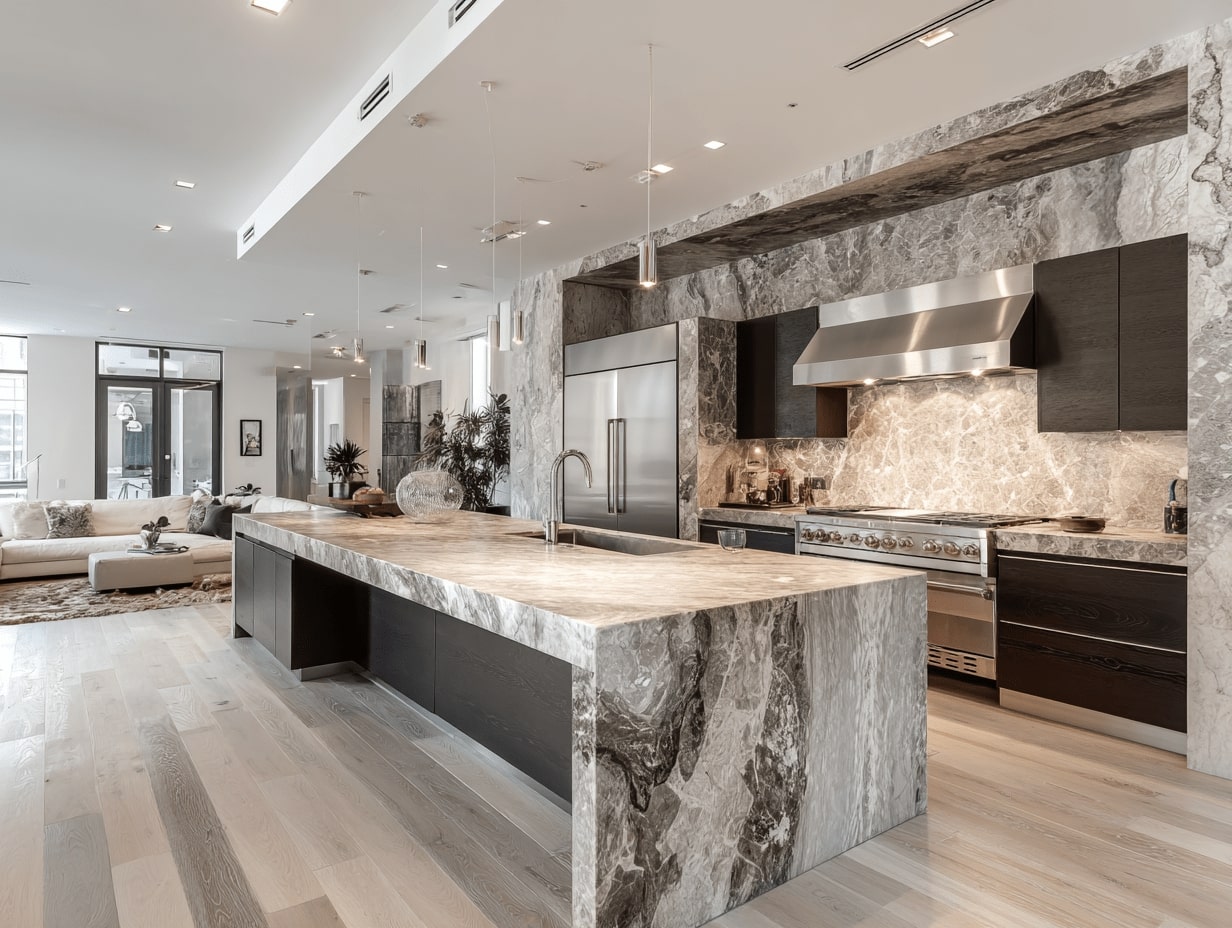
Leave a comment